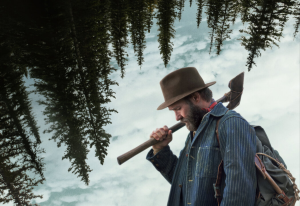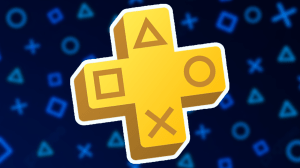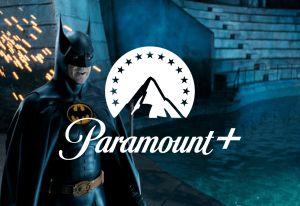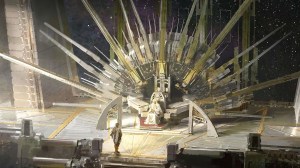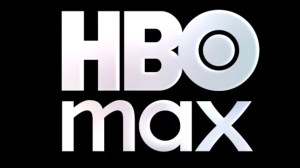If you’ve taken a peek at the Steam charts lately, it’s hard to miss Peak. This co-op climbing game has bright, colorful graphics and a wacky, irreverent flair that has earned the hearts of many players. Peak pits you against the environment in a physics-driven world where you and your friends have to climb to the peak to flag down a rescue party, or die trying.
Videos by ComicBook.com
Peak released in June and quickly attracted the attention of gamers and streamers alike. At its height, the game reached 170,759 concurrent players on Steam. Going on its third month, Peak maintains a steady average user base of over 107,000. And it recently hit a major sales milestone, showing that it’s not likely to slow down any time soon. But just how did this indie game manage to capture so much attention in a relatively short span of time?
The Development of Peak, Explained
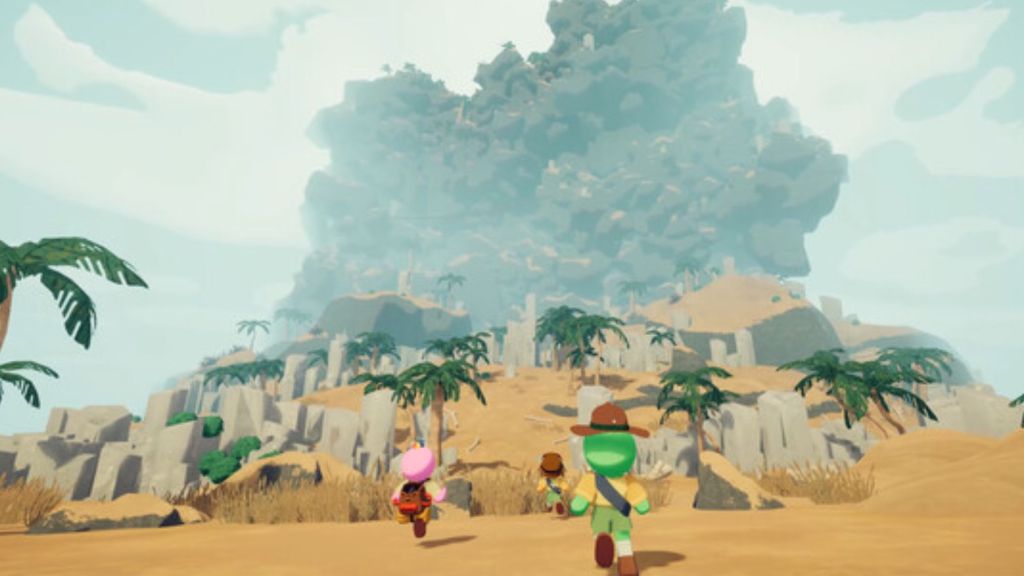
Peak itself was developed relatively quickly, as part of a short-spree “game jam” style session. Though the team started and did much of the legwork on the game in February 2025, before its June release, the road to its creation was a bit more complicated.
Ahead of Peak, Aggro Crab was struggling with the follow-up to their highly successful Another Crab’s Treasure. The game wound up losing its funding, leading the team back to the drawing board. But as they tried to secure new backers, Aggro Crab lost enthusiasm for their project, as they shared with Polygon in a recent interview. Ultimately, the team realized it was time to mix things up, to try something new.
This led them to a collaboration with Landfall, the developer behind the hit game Content Warning. Since that project came together in a quick game jam retreat, why not start a new one together, the same way? From here, Aggro Crab was able to build on a prior, nascent idea for a co-op climbing game, quickly pulling together the bare bones of what would become Peak.
After the game jam, Aggro Crab and Landfall kept working on Peak. By June 16th, the game was ready to go, and it launched on Steam with a modest $8 price point. From there, a perfect combination of factors led the game to reach surprising new heights.
Peak’s Success Was Lightning in a Bottle

Once a game launches, what happens next is largely up to chance. Aggro Crab and Landfall put work into showing off their game, but would it land with players? The answer, it turns out, is a resounding yes.
Peak offers unique and engaging gameplay. The simple description “co-op climbing game” doesn’t begin to cover it, as I learned when I booted up the game for the first time. Peak incorporates physics and survival elements to challenge you and your friends as you work to survive and climb. You have to juggle carrying capacity, hunger, and fall damage, all while navigating the proximity chat that makes it harder to hear your friends if you get left behind.
The game’s cartoon graphics and sense of humor make the challenge to stay alive fun and occasionally hilarious, rather than horrifying. When I died on my first climb, I could hear my friends debate whether or not to take my body with them or leave me for the wolves. But they couldn’t hear me, as the proximity chat shuts off while you’re in the early throes of death. Don’t worry, though. When you return as a ghost, you can communicate from beyond the grave as your friends to work to resurrect you. I haven’t laughed that much playing a game in a while, and before that, the physics-based climbing and struggle to survive kept me engaged.
Peak‘s gameplay is unique and compelling, but it has another thing going for it – it’s almost as entertaining to watch as it is to play. And that means streamers picked it up, showed it off to their fanbases, and praised it for being an all-around good time. That word of mouth led more players to pick it up, and the low $8 price point was a low barrier of entry to see what this Peak game was all about. But this alone wouldn’t quite get Peak to its impressive 10 million copies sold. One more puzzle piece had to fall perfectly into place.
A Well-Timed Steam Sale Catapulted Peak’s Sales

As the game’s popularity began to slow down, two things pushed it back up in players’ minds. The first was the massive Mesa update, which added a new biome to the game, along with new items to mix up gameplay. This update made Peak fresh for seasoned players who might’ve been getting bored with the game’s current rendition. That might’ve brought plenty of players back in and of itself. But the team at Aggro Crab also decided the update would be a great time to put Peak on sale, too. And that meant even more new players alongside returning ones.
At the full price of just $8, you wouldn’t think a discount would make a huge difference. But at 38% off, the game became just $5. And I’ll fully admit that’s when I personally pulled the trigger on this one, since it was officially less expensive than my weekly iced latte order. This discount, along with the new content and word-of-mouth, led Peak to hit over 10 million copies sold. This earned the game a mention at the Opening Night Live stream during Gamescom, garnering even more attention for the indie co-op climbing game.
It’s hard to guarantee the success of any game, from indie to AAA. But Peak certainly managed to pull together the right components to create a fun experience for players and get its name in front of the right people to spread the word. With a Very Positive rating on Steam and more updates in the works, it’s likely that Peak hasn’t yet reached its greatest heights.

